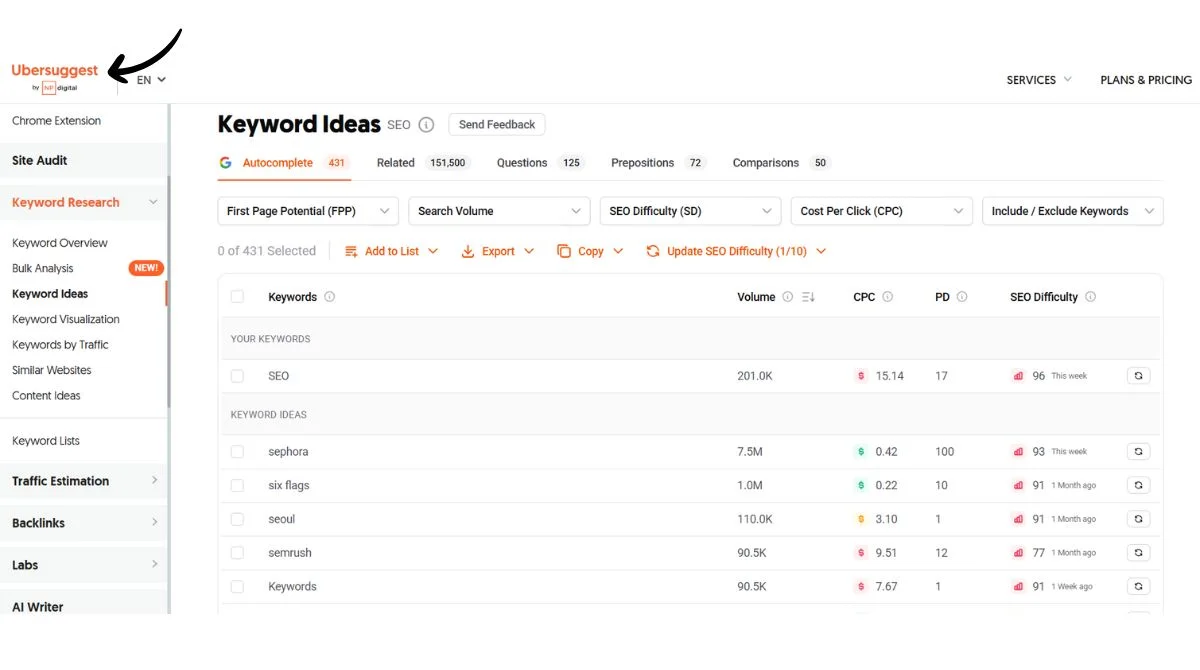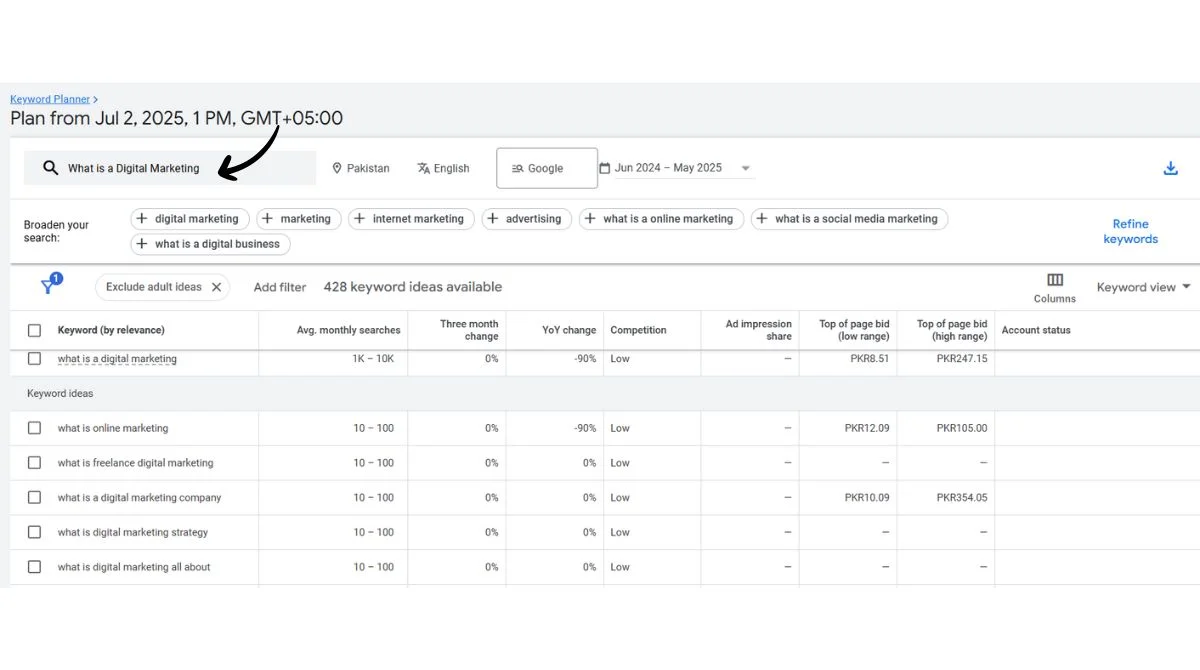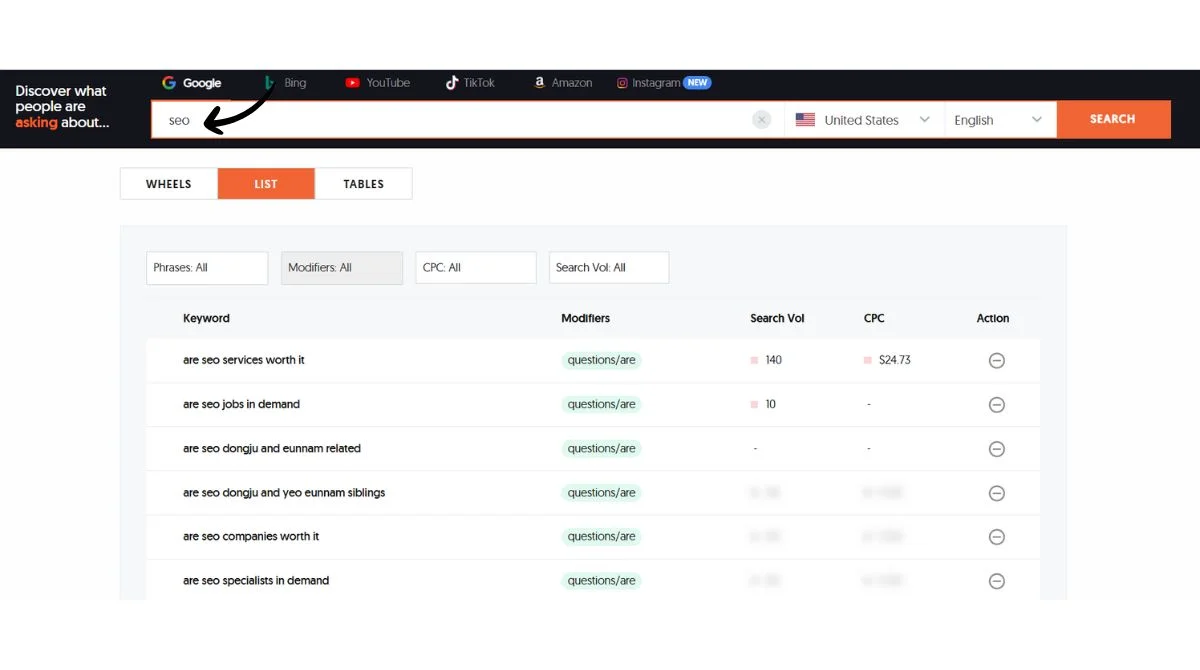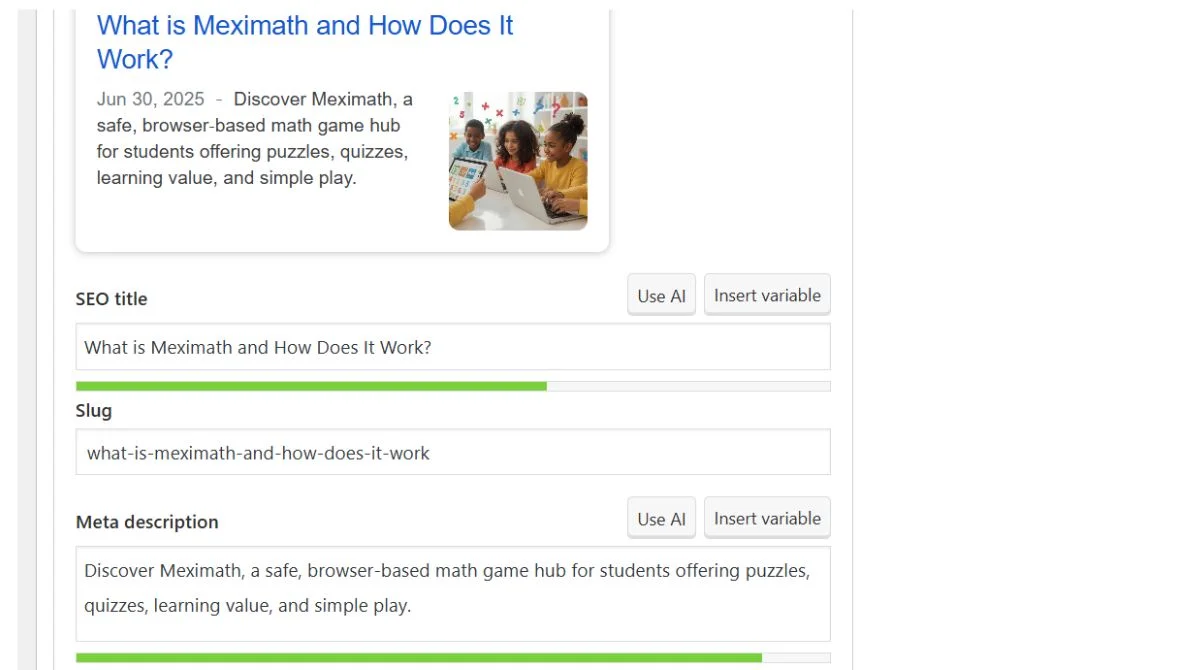What is SEO Content Writing?
SEO content writing is the art of creating valuable, engaging content that search engines love and users find helpful. It combines traditional writing skills with search engine optimization techniques to create content that ranks well on Google while serving your audience’s needs.
Unlike regular content writing, SEO content writing focuses on specific keywords, user search intent, and technical optimization factors. The goal is to create content that provides clear answers to people’s questions while being easy to navigate with proper headings.
Why SEO Content Writing Matters for Your Website?
Drives Organic Traffic
Well-optimized content acts as a magnet for search engine traffic. When your content ranks higher in search results, more people discover your website naturally. Studies show that optimized content can boost search engine traffic by over 70% compared to unoptimized versions.
Builds Authority and Trust
Search engines now prioritize content backed by solid sources and links to trusted sites. When you consistently publish quality SEO content, you establish your website as an authority in your field.
Cost-Effective Marketing
Unlike paid advertising, SEO content writing provides long-term results. Once your content ranks well, it continues attracting visitors without additional costs.
Core Elements of Effective SEO Content Writing
Keyword Research and Strategy
Start by identifying what your target audience searches for online. Try using tools such as Google Keyword Planner, Ubersuggest, or Answer The Public to discover useful and relevant keywords. Focus on:
- Primary keywords with good search volume.
- Long-tail keywords with less competition.
- Question-based keywords that your audience asks.



Understanding Search Intent
Today’s SEO copywriting focuses on creativity, engaging storytelling, and being adaptable. Your content must match what searchers actually want:
- Informational intent: People seeking knowledge.
- Commercial intent: Users comparing products or services.
- Transactional intent: Ready-to-buy customers.
- Navigational intent: Looking for specific websites.

Content Structure and Organization
Organize your content with clear headings and subheadings. This helps both readers and search engines understand your content structure. Use:
- H1 tags for main titles.
- H2 tags for major sections.
- H3 tags for subsections.
- Bullet points for easy scanning.

Best Practices for SEO Content Writing
Write Comprehensive, In-Depth Content
Search engines favor comprehensive content that thoroughly covers topics. Aim for content that answers all related questions users might have about your topic. This doesn’t mean adding unnecessary fluff – focus on providing genuine value.
Optimize Your Title Tags
Your title tag is crucial for both search rankings and click-through rates. Create titles that:
- Include your target keyword naturally.
- Stay under 60 characters.
- Generate curiosity or promise value.
- Accurately represent your content.
Craft Compelling Meta Descriptions
Meta descriptions may not affect rankings directly, but they play a key role in improving click-through rates. Write descriptions that:
- Summarize your content clearly.
- Include your target keyword.
- Stay within 160 characters.
- Encourage users to click.

Use Internal and External Links
Connect to other relevant pages within your site and trusted external sources. This helps search engines understand your content’s context and provides additional value to readers.
Include Multimedia Elements
Enhance your content with:
- Relevant images with alt text.
- Infographics that explain complex concepts.
- Videos that demonstrate key points.
- Charts and graphs for data visualization.

Technical SEO Writing Tips
Keyword Placement
Place your primary keyword strategically in:
- Page URL.
- Title tag.
- First 100 words of content.
- H1 and H2 headings.
- Image alt text.
- Meta description.
Use LSI Keywords
Include related terms and synonyms naturally throughout your content. This helps search engines better understand your topic and can help you rank for additional relevant keywords.
Optimize for Featured Snippets
Structure content to answer common questions directly. Use:
- Numbered lists for step-by-step processes.
- Bullet points for key features or benefits.
- Clear, concise answers to specific questions.
Content Promotion Strategies
Social Media Sharing
Share your content across all your social media platforms. Even small audiences can help boost initial engagement and social signals.
Email Marketing
Send your new content to your email subscribers. This provides immediate traffic and engagement signals to search engines.
Outreach and Link Building
Reach out to other websites in your industry. If your content provides unique value, other sites may link to it naturally.
Community Engagement
Share your content in relevant online communities, forums, and groups where your target audience gathers.

Measuring SEO Content Success
Key Metrics to Track
- Organic search traffic growth.
- Keyword ranking improvements.
- Time spent on page.
- Bounce rate reduction.
- Social shares and engagement.
- Conversion rates from organic traffic.
Tools for Monitoring
Use tools like Google Analytics, Google Search Console, and SEO platforms to track your content’s performance and identify improvement opportunities.
Common SEO Writing Mistakes to Avoid
Keyword Stuffing
Don’t overuse keywords unnaturally. Focus on thinking of yourself as a content curator rather than just a content writer. Modern search engines prioritize natural, helpful content over keyword-dense text.
Ignoring User Experience
Never sacrifice readability for SEO. Your content should be easy to read, well-formatted, and genuinely helpful to your audience.
Duplicate Content
Always create original, unique content. Copying content from other sources hurts your search rankings and credibility.
Neglecting Mobile Users
Ensure your content displays well on mobile devices. Most searches now happen on mobile, so mobile-friendly content is essential.

Advanced SEO Content Writing Techniques
Leverage Semantic SEO
Modern search engines understand context and related concepts. Include variations of your main keyword and semantically related terms throughout your content. Semantic SEO helps you rank for multiple related searches while making your content more natural and comprehensive.
Optimize for Voice Search
With voice search growing rapidly, adapt your content by:
- Including conversational phrases.
- Answering specific questions clearly.
- Using long-tail keywords that sound natural when spoken.
- Creating FAQ sections.
Focus on User Experience Signals
Search engines consider how users interact with your content. Improve engagement by:
- Writing compelling introductions that hook readers.
- Using multimedia elements like images and videos.
- Ensuring fast loading times.
- Making content mobile-friendly.
- Including clear calls-to-action.
Future of SEO Content Writing
SEO in 2025 demands a shift from algorithm-focused practices to user-centricity. The focus is moving toward creating genuinely helpful content that serves users’ needs rather than just trying to manipulate search rankings.
AI and Content Creation
While AI tools can assist with content creation, human expertise remains crucial. Focus on providing unique insights, personal experiences, and expert analysis that AI cannot replicate.
E-E-A-T Principles
Google increasingly values content that demonstrates Experience, Expertise, Authoritativeness, and Trustworthiness. Build these qualities by:
- Showcasing real-world experience with topics.
- Citing credible sources and data.
- Building author authority through consistent quality.
- Earning trust through transparency and accuracy.
User-First Content Strategy
Future SEO success will depend more on user satisfaction than technical optimization. Prioritize solving user problems and providing genuine value over gaming search algorithms.
Getting Started with Professional SEO Content Writing?
Creating effective SEO content requires time, skill, and ongoing optimization. Many businesses succeed by partnering with experienced SEO content writing services that understand both the technical and creative aspects of optimization. If you’re looking for professional SEO content writing services that can help boost your website traffic, consider working with specialists who understand the latest search engine requirements and user behavior patterns. Rhinoclicks offers comprehensive SEO content writing services designed to increase your organic search visibility and drive meaningful traffic to your website.





